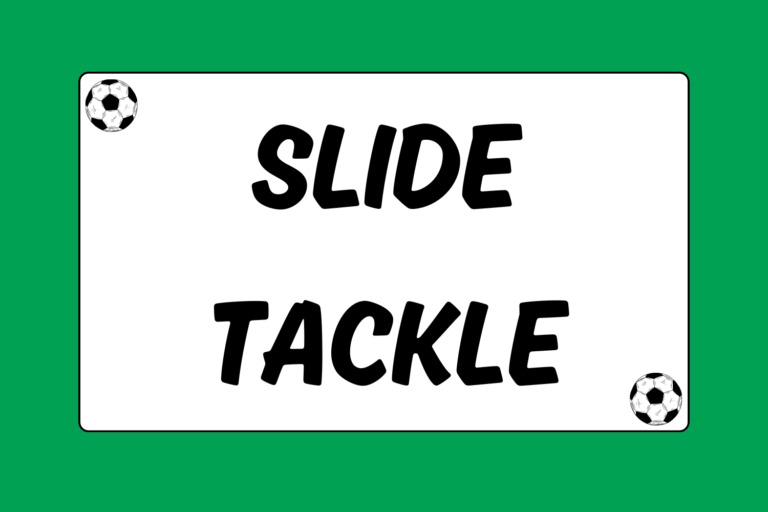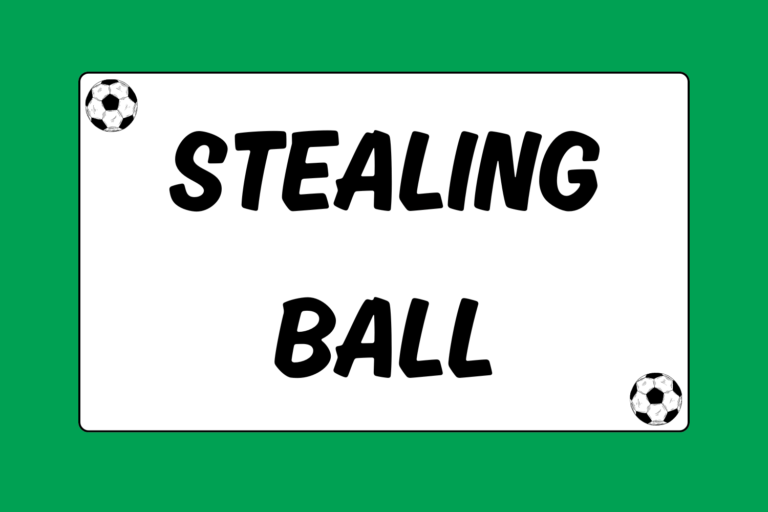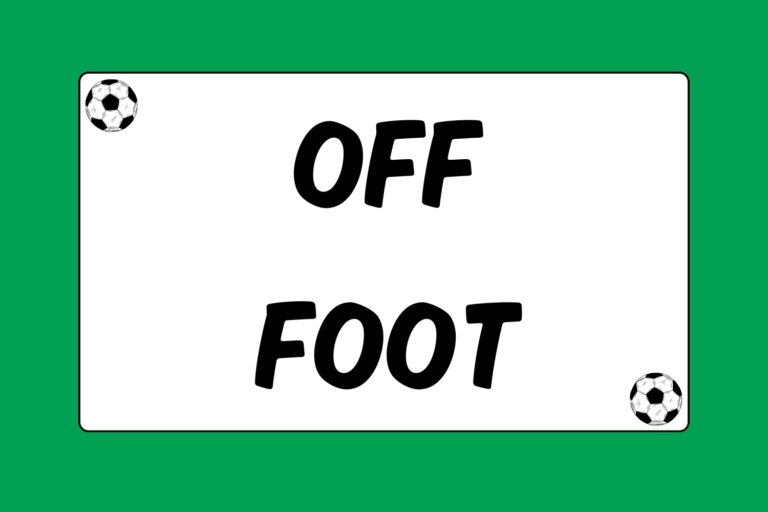You’ve made it through the defense and you’re lining up for a big shot. Only the goalkeeper stands between you and paydirt. There’s just one thing left to do: Finish the attack. However, like many athletic endeavors, that’s much easier said than done.
In soccer, finishing usually means taking a shot, and scoring requires more than a big leg and accuracy. Also important are such traits as shot timing, predicting where the goalie will move, and the ability to make a specific type of shot — the key to finishing, in a word, is awareness. More than anything, a player’s ability to finish depends on how much training has been done. Here are some tips that will make it easier to finish well.
Striking the Ball with Power
Though shot power isn’t the most important aspect of finishing, neither should it be ignored. It’s important to practice striking the ball powerfully, either alone or with a teammate.
When working on your shot power, remember the following:
- Time your run-up to the ball: Have enough power to drive through the ball while lining up your off-foot. Don’t be afraid to take a couple of choppy steps before lining up your long strikes and striking the ball.
- Plant your foot: Your off-foot should be firmly planted in the ground next to the ball. Your ankle should be locked and your knee bent.
- Strike the center of the ball: Your scoring foot should swing back high and strike the ball in the middle as firmly as possible. Strike the ball with your laces – as opposed to the side or front of your foot – for maximum power.
- Follow through: A good follow-through is the key to a powerful strike. Your dominant foot can go higher than your hip on a strong follow-through. When hitting the ball hard, you’ll often hop on your off-foot and land on your kicking foot.
Also, it’s important to understand that good scorers can hit the ball with power from either foot. Be sure to practice striking the ball with both feet, in order to get comfortable scoring from any angle.
Striking the Ball with Accuracy
When close to the goal, an accurate shot is often more effective than a powerful shot. The best way to strike the ball with accuracy is with the inside of your foot, which provides a flatter surface that makes it easier to control the ball.
To develop touch around the net, it’s important to have your head up and gauge where the goalkeeper will be able to get to the ball. When receiving a pass, use the pace already on the ball for quick deflections and chips into the net. Also, practice shooting with your foot at an angle; this will help you get acclimated to using the inside of your foot to accurately place your shots.
Two-touch Finishes
A two-touch soccer finish describes a single touch on the ball when receiving a pass or corralling a loose ball to get it in position for a score, followed by a shot on goal. It’s a great skill to have in traffic or when being closely defended.
The first touch on the ball — the preparation touch — should do the following:
- Be toward open space
- Be close enough that only you can touch it next
- Give you time to line up the ball, get a good strike on it, and follow through
- Control the ball, so that it doesn’t bounce too high or get away from you
Essentially, the preparation touch should be a trap or a deflection that will help you control the ball, and line it up for a shot on goal.
Mental Edge
Finishing with the side of your foot around the net allows you to use misdirection to confuse the goalkeeper. Practice facing one way and aiming in a different direction to become a better finisher.
Finishing Drill
Below is a basic drill that will help you improve your ability to finish well:
- Position one forward with the ball along the wing near the corner, and a striker in the penalty area awaiting a pass.
- To start the drill, the striker will sprint toward the near post as the winger makes a firm pass into the penalty area.
- The striker controls the ball with a trap for the first touch, and then shoots the ball on net with the second touch.
One variation is to have the striker put the ball directly on net with a deflection or shot from the side of the foot. To do this accurately, the striker must have the body control to strike the ball accurately, as well as the wherewithal to shoot it away from the goalie. Also, the goalie should be instructed not to deflect the pass before it reaches the striker.
This is a great warm-up drill to get loose before practice or a game and to get players thinking about putting the ball in the net. Make it fun by dividing your team into groups and keeping score. Alternate goalies and challenge them to make saves.
Finishing on Breakaways
The key to scoring on a breakaway is shot timing. Force the keeper to make a decision: he will either come out to challenge you (shoot sooner), or stay home and wait (shoot later). Likely he will challenge you; by sprinting from net, the goalie reduces the shot angle, and limits your chance of scoring.
On a breakaway, it’s also important to control the ball and not dribble it too far ahead, which will make it easier to shoot accurately. Ideally, you’ll shoot after the goalie begins his run but before he’s close enough to slide or dive for the ball. Shoot along the ground to either side if the goalie has yet to slide for the ball. If the goalie slides for the ball, chip it over his head and into the empty net.
Keep Working on it
The keys to being a strong finisher are practice, drills, and more practice. Practice until striking the ball with authority from either foot becomes routine, both for power and for accuracy. The more types of shots you take in game conditions, the better finisher you’ll become and the more goals you’ll score.





